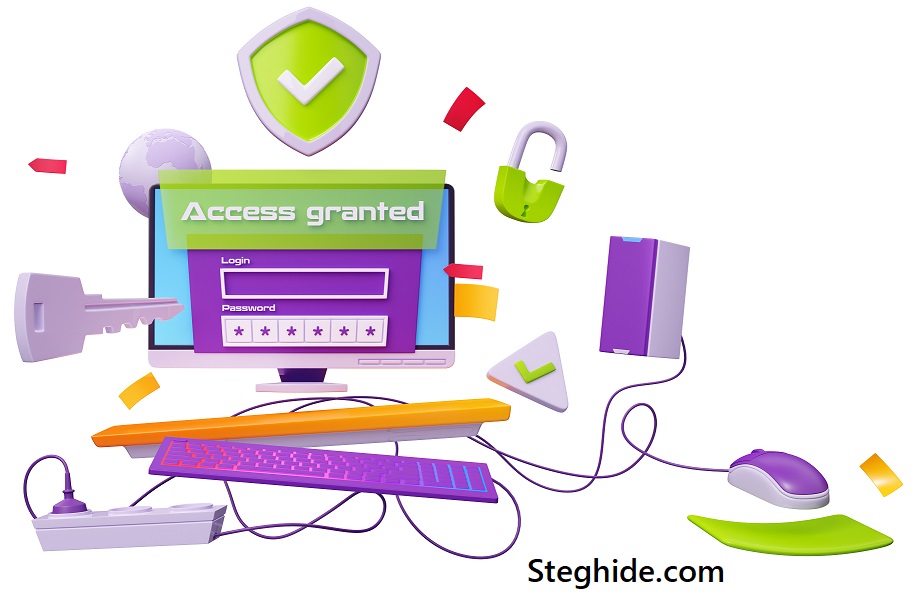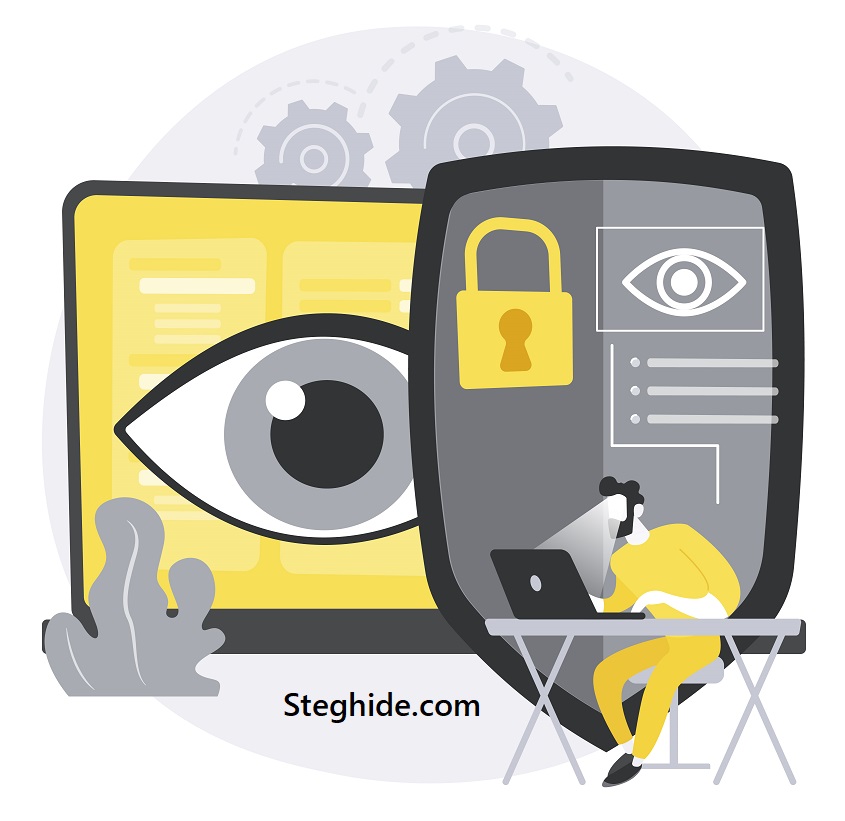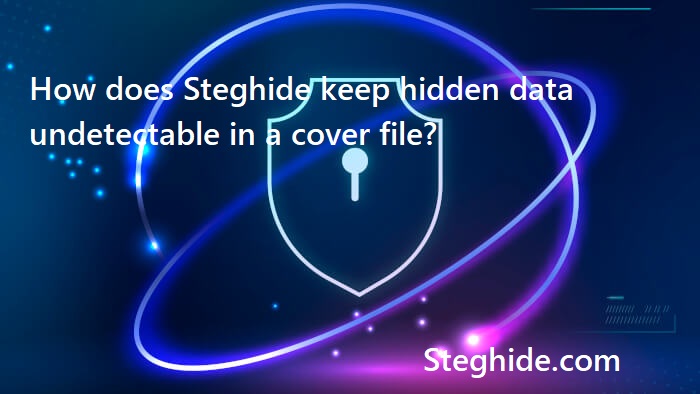Data security continues evolving with digital communication expanding at unprecedented levels. Every transmitted file or message faces potential threats from cybercriminals, surveillance systems, or malicious intrusions. Organizations, governments, and individuals seek innovative solutions to safeguard sensitive information without attracting unwanted attention. Traditional encryption, while powerful, often signals the presence of protected content, potentially raising suspicion.
Steganography emerged as a response, offering concealment beyond encryption. Instead of simply scrambling data into unreadable form, it hides existence altogether. Within this fascinating branch of information security lies Steghide, one of the most widely recognized open-source steganographic tools. By embedding information into unsuspecting carriers, Steghide provides a balance of subtlety and resilience, making it highly valued in security circles.
Understanding what Steghide is, how it functions, and why it matters is essential for professionals, students, and enthusiasts within the field. This article examines its technical foundations, benefits, practical uses, limitations, and comparison with alternative solutions, equipping readers with insights into its primary purpose and real-world applications.
What is Steghide?
Definition and Overview
Steghide is an open-source steganography program designed for embedding secret information into common file formats without visibly altering them. It supports image and audio carriers such as JPEG, BMP, WAV, and AU. Through advanced algorithms, it allows users to conceal text files or binary data, making communication less detectable. Its availability across Linux and Windows platforms adds to its popularity in cybersecurity practices.
Technical Foundations
Steghide relies on sophisticated embedding techniques that modify insignificant parts of a carrier file without impacting perceptible quality. For instance, within images, changes occur at bit-level values invisible to the human eye. This makes the carrier file appear unaltered while securely harboring hidden data. Additionally, Steghide integrates cryptographic methods like AES for encrypting concealed content, reinforcing confidentiality and integrity.
Purpose within Cybersecurity
The core purpose of Steghide lies in secure, covert communication. Instead of drawing suspicion with explicit encryption markers, it disguises sensitive information inside everyday files. This discreet approach protects intellectual property, supports ethical investigations, and ensures private exchanges between individuals. Steghide’s effectiveness highlights the growing importance of steganography in modern digital defense strategies.
How Does Steghide Work?
Embedding Process
Steghide begins with two main inputs: a carrier file and a secret file. The program embeds hidden content into the carrier using advanced algorithms. The resulting stego-file looks nearly identical to the original, ensuring minimal suspicion. This process leverages redundancy within carriers, where minor changes remain imperceptible.
Extraction Process
To retrieve hidden content, Steghide requires the original stego-file and a correct passphrase. Without the password, extraction becomes nearly impossible due to encryption safeguards. This dual requirement ensures that even if adversaries suspect steganography, they cannot access the content without authorization.
Practical Example
Imagine sending sensitive financial data within a JPEG image. Steghide embeds the file seamlessly, producing an ordinary-looking picture. The recipient, equipped with Steghide and the shared password, extracts the data efficiently. This example illustrates how communication can proceed unnoticed within ordinary file transfers.
Key Features of Steghide
Supported File Formats
Steghide works with several common carriers, including:
- JPEG and BMP images
- WAV and AU audio files
- Binary data embedded across carriers
Its compatibility ensures accessibility across multiple scenarios, making it versatile for diverse applications.
Encryption Integration
Beyond hiding content, Steghide employs AES-128 encryption to secure hidden information. This layered defense guarantees confidentiality even if adversaries detect steganographic usage. The combination of concealment and encryption strengthens resilience against interception or tampering.
Compression Support
Steghide compresses data before embedding, optimizing file sizes and improving efficiency. By reducing redundancy, it minimizes storage needs while ensuring hidden content blends seamlessly into carriers. This compression-encryption pairing makes Steghide powerful for long-term security requirements.
Applications of Steghide
Cybersecurity and Privacy
Steghide proves valuable for professionals aiming to safeguard sensitive documents. Its covert communication methods reduce risks of interception during data transfer. Investigators, whistleblowers, and journalists use it to exchange information securely, bypassing surveillance measures.
Educational and Research Use
Academic institutions employ Steghide for teaching steganography principles. Students learn practical applications of information hiding, including algorithmic behavior and cryptographic synergy. Researchers also utilize it for exploring new techniques and developing improved security solutions.
Everyday Use Cases
Ordinary users find Steghide useful for protecting private files such as diaries, account credentials, or legal documents. By embedding them into harmless carriers, individuals maintain privacy without relying solely on visible encryption methods.
Advantages and Limitations
Benefits of Using Steghide
- Discreet protection: Conceals data without alerting observers
- Encryption pairing: Ensures dual-layered security
- Cross-platform support: Compatible with Linux and Windows
- Ease of use: Simple command-line interface with straightforward options
- Free availability: Open-source licensing promotes accessibility
Potential Drawbacks
Despite its strengths, Steghide carries limitations. It supports only specific formats, which reduces flexibility. Furthermore, carrier files must maintain sufficient size relative to embedded data. Excessive embedding may degrade quality or raise suspicion. Additionally, advanced detection tools may identify hidden patterns, especially when used improperly.
Ethical Considerations
Like many technologies, Steghide can serve both positive and malicious purposes. While beneficial for privacy and security, it may also enable harmful activities if misused. Ethical awareness, legal compliance, and responsible deployment remain crucial when using steganographic tools in any context.
Comparison with Alternative Tools
Steghide vs OpenStego
OpenStego emphasizes watermarking and document protection alongside data hiding. While Steghide focuses on simplicity and encryption, OpenStego offers broader functionalities. Users may prefer Steghide for secure communication, while OpenStego excels in copyright protection.
Steghide vs SilentEye
SilentEye provides a graphical interface, making it user-friendly compared to Steghide’s command-line approach. However, Steghide surpasses SilentEye in encryption integration, making it stronger for professional security needs. Each caters to different user preferences depending on technical expertise.
Steghide vs OutGuess
OutGuess supports additional file formats and offers more advanced embedding techniques. Nevertheless, Steghide maintains an advantage with integrated encryption and compression. Professionals often choose depending on requirements such as usability, security depth, or carrier compatibility.
Real-World Importance of Steghide
Role in Cyber Defense
Steghide supports organizations in protecting sensitive communications against espionage. Its ability to obscure information adds an essential defense layer beyond conventional encryption. Governments, corporations, and activists benefit from this added layer of secrecy.
Role in Digital Forensics
Investigators use Steghide for uncovering concealed evidence within digital files. Its open-source nature makes it ideal for forensic experiments, providing insights into criminal activities or malicious data exfiltration methods.
Role in Individual Security
Individuals seeking privacy benefit from Steghide’s covert approach. Whether for securing medical records or personal documents, it offers a discreet method of storage and transfer. As cyber threats grow, such tools empower individuals with greater control over data.
Conclusion
Steghide represents a significant advancement in the practice of digital steganography. By embedding information into common carriers like images and audio files, it protects sensitive data through concealment and encryption. Its straightforward design, cross-platform compatibility, and dual-layered security make it invaluable for individuals and organizations alike. While limitations exist, responsible use ensures benefits outweigh drawbacks. Understanding Steghide’s purpose strengthens cybersecurity awareness and highlights importance of covert protection strategies in today’s digital landscape.



